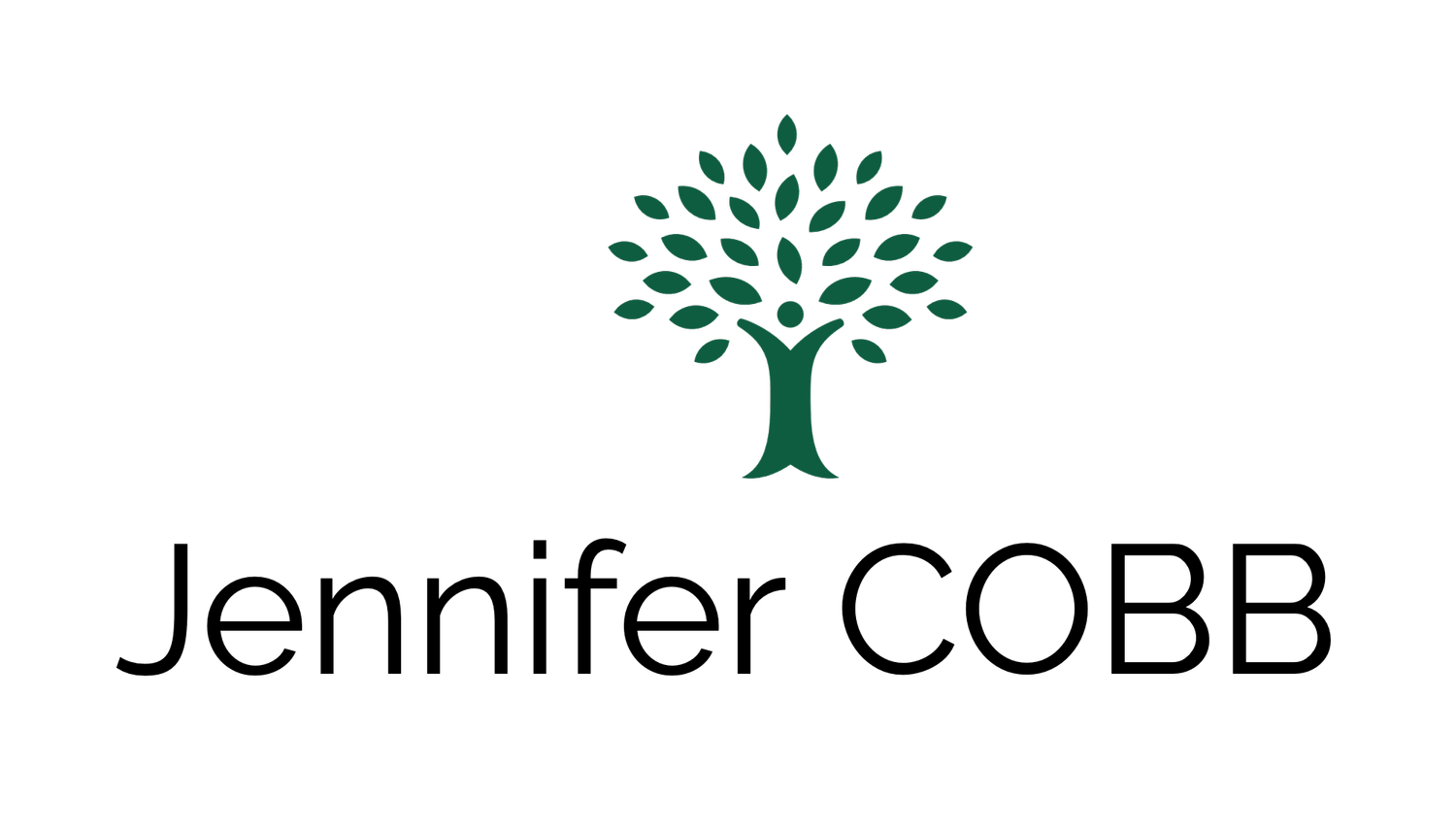Your Friends on Facebook: Building Social Capital
Social Capital is good stuff. The term, widely popularized by Robert Putnam in Bowling Alone, refers to the resources we garner from our networks of friends, families, neighbors and acquaintances. Like other forms of capital, this resource can be invested and grown or it can be neglected and lost. Those of us who are rich in social capital tend to be happier, healthier and more resilient.There are two primary forms of social capital – bonding and bridging. Bonding capital is made up of strong ties with close friends and family and is the source of our primary emotional support and companionship. Generally, those we are closest to, bonded with, are more like us and have access to similar information and share values and worldviews with us. While bonding capital makes us close to others, it does little to expand our horizons. That is the role of bridging capital. Though bridging capital is made up of weaker ties, it is the source of diversity in our lives and has real value for our civic health.
Does Facebook build social capital?
This is a complex question as Facebook allows us to stay in touch with a broad array of strong and weak ties using behaviors that are both active and passive. Researchers Moira Burke and Robert Kraut of Carnegie Mellon teamed up with Facebook’s in-house sociologist, Cameron Marlow, to answer this question (Social Capital on Facebook: Differentiating Uses and Users, 2011).
This study is somewhat different than a number of other recent attempts to circle this important issue. First, the sample they used was not just college students (who are the primary sample in much recent work), but a general selection of English-speaking Facebook users from around the world. Second, they surveyed the group twice and only included in the final results individuals who answered both surveys, offering a longitudinal perspective. Finally, they cross-correlated the results with Facebook use logs, enabling them to correlate the self-reported data with actual behavior.
In the study, the researchers distinguished between directed one-to-one communication (messages in/out, wall posts, likes, comments) and passive consumption and broadcasting. What they found was that of the three types of activities, only “directed, person-to-person exchanges” were associated with increases in bridging capital. None of the types of Facebook use was correlated with increases in bonding capital.On its face, this result is somewhat surprising. One would expect that on-to-one communication, which is made up of more personal information, would favor the formation of bonding capital. But we need to keep in mind that Facebook is a mediated communications platform. It can only do so much. The communications we share on it are not strong enough to create the kind of close bonds that are characteristic of our closest friends and family. In fact, we communicate with those we are closest to in a variety to ways, from email to SMS to -- most importantly -- face to face. The researchers comment, “the exchanges that maintain close relationships are less likely to appear in server logs.” I would think so.
One of the hidden assumptions in this study is that the act of "friending" someone of Facebook, without ever contacting them again in any way, means that no social capital relationship exists. All social capital, both bonding and bridging, requires an investment of time.
When there is directed communication between two people, the relationship can move from zero to more than zero -- from nothing to something. And something is the type of weak tie characterized by bridging capital.
One interesting twist to the finding about directed communication is that bridging capital was primarily correlated with inbound communication. In other words, when someone gets in touch with you, your social capital is strengthened. The act of reaching out is an investment. The person I reach out to now “has” my capital and can use it in the future by responding to me. Therefore it is their social capital that is enhanced while I have taken on the investment risk in hopes of a reward. We can conclude from this that there is social value to others when we reach out.
For most Facebook users, only a small subset of our “friends” are “actual” friends. The average Facebook user has 150 “friends.” Of those, only 5-7 are very close (bonded) friends and less than a 1/3 are described as “actual” friends. Most of this latter group are characterized by weaker ties made up of bridging capital.Bridging capital is very important. For many of us, it is the type of capital that is harder to come by. As social animals, we humans tend to congregate with others like us, at home and work and in the groups we join. However, it is exposure to difference that keeps us growing, changing and inventing. Diverse information is a critical part of individual and social creativity and innovation. It is also critical to building mutual respect, empathy and understanding.
Burke, Kraut and Marlow end their paper by suggesting some concrete ways that work like theirs can have an impact on building bridging capital using social media. They argue for designing features in social media systems that “lower the barrier for initiating conversation” such as creating incentives for users to share stories that elicit contact, adapting the user interface to prompt people to communicate with those who could benefit from a message, and adding algorithms to the News Feed that showcase stories from users who are in need of more contact. These are powerful notions and require the powers that be inside of social media companies to begin to design with bridging outcomes in mind. I hope they are listening.





